On December 29, 1876, the Pacific Express No. 9 departed Buffalo, New York en route to Chicago, Illinois. The No. 9 was the most luxurious train owned by Lake Shore & Michigan Southern Railroad. It consisted of two engines, two express cars, two baggage cars, two day passenger coaches, a smoking car, a drawing-room car, and three sleeper cars. The 170 passengers were traveling in all of the comfort and style available for the time period. There were tufted and tasseled upholstery, glowing chandelier and sconce-lit cars, and sparkling china and crystal dinnerware. The excitement of travel, the opulence of the venue, the time of the year, combined with the snow blowing by the frosty windows created a festive atmosphere for the travelers.
Unfortunately, the faulty Ashtabula Bridge in Ohio awaited them. The bridge was a new, all-iron, Howe Truss plan designed by Charles Collins and Amasa Stone. Construction had begun on the bridge in the fall of 1864 and was initially completed in July of 1865. Before the bridge was open for use, preliminary tests proved it was too weak and sagged under its own weight. After structural modifications, the lengthy bridge was opened for use in July of 1866.
The snow turned into a blizzard on that fateful December evening. Two feet had accumulated and it was still blowing heavily when the No. 9 approached the Astabula Bridge. At 7:27 p.m., as they started to cross, the first engine’s engineer heard alarming noises and felt the second engine pulling backwards. At full force he made it across the bridge, but the second engine and subsequent cars plummeted 70 feet into the frozen river. Ninety-five passengers were killed from the fall, hypothermia, or the fires generated from the train’s engine, heaters, and oil lamps that night.
The Ashtabula Train Disaster was the worst train accident of the 19th century, often referred to as the “Titanic of It’s Time.” Several investigations were conducted resulting in reforms in the fields of railroading, civil engineering, and firefighting. In addition to the tragedy itself, both bridge designers, Charles Collins and Amasa Stone, committed suicide in the years following the catastrophe.
When Len Brown, the owner of Beacon Productions with 30 years of experience in the film-making business, heard the story of the Ashtabula tragedy, he knew he had to make a film about this significant historical event. He and his wife, Patti, the co-owner of the production company, began researching, writing, and planning. Their team of experts started filming Engineering Tragedy – The Ashtabula Train Disaster in June of 2018. Filming sites include the Ohio Village, the Massillon Five Oaks Mansion, Massillon Library, Kinsman Presbyterian Church, Kinsman Cemetery, Wanye Township City Hall, court buildings, pump house, and the actual crash site.
The Engineering Tragedy The Ahtabula Train Disaster is scheduled to be shown on PBS during the summer of 2020. We look forward to watching this historical, tragic story. Click here to learn about the making of the film.
Resources:
https://www.engineeringtragedy.com

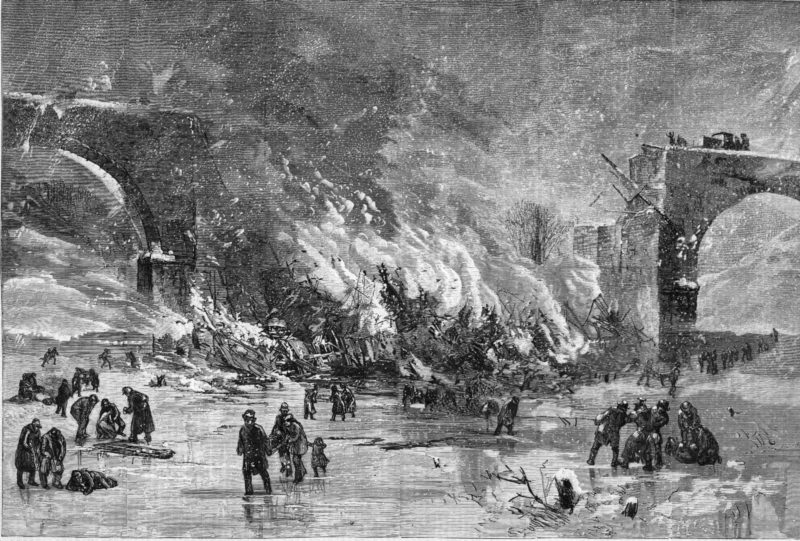






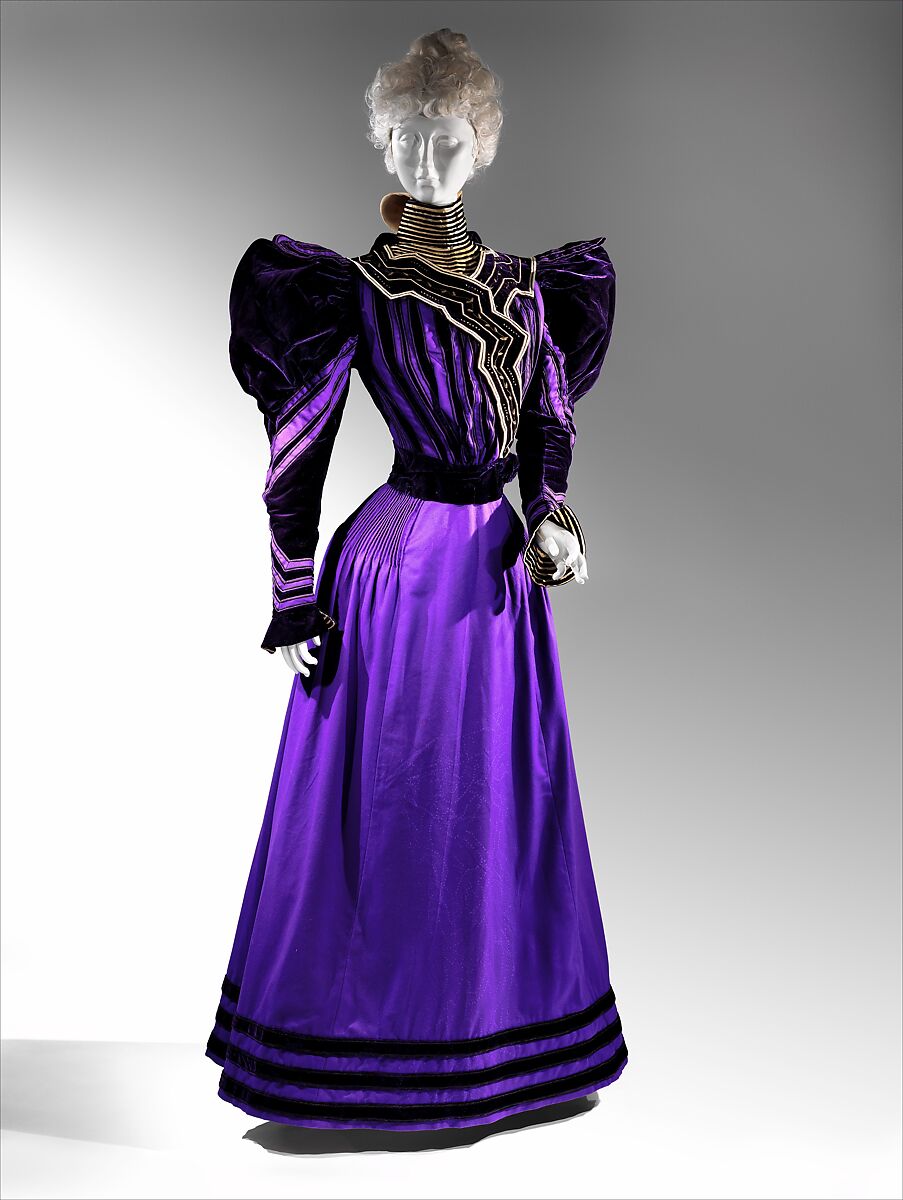

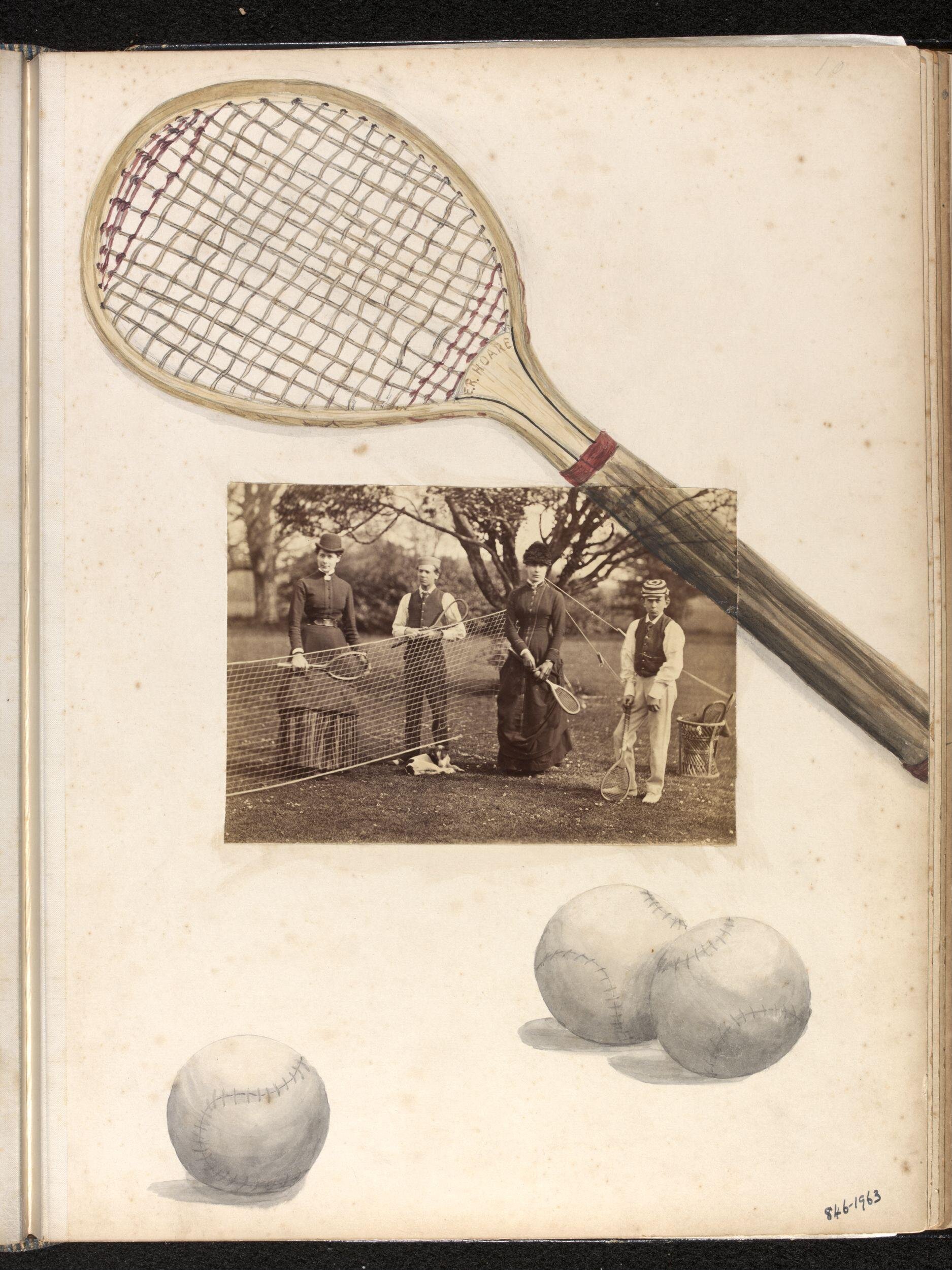
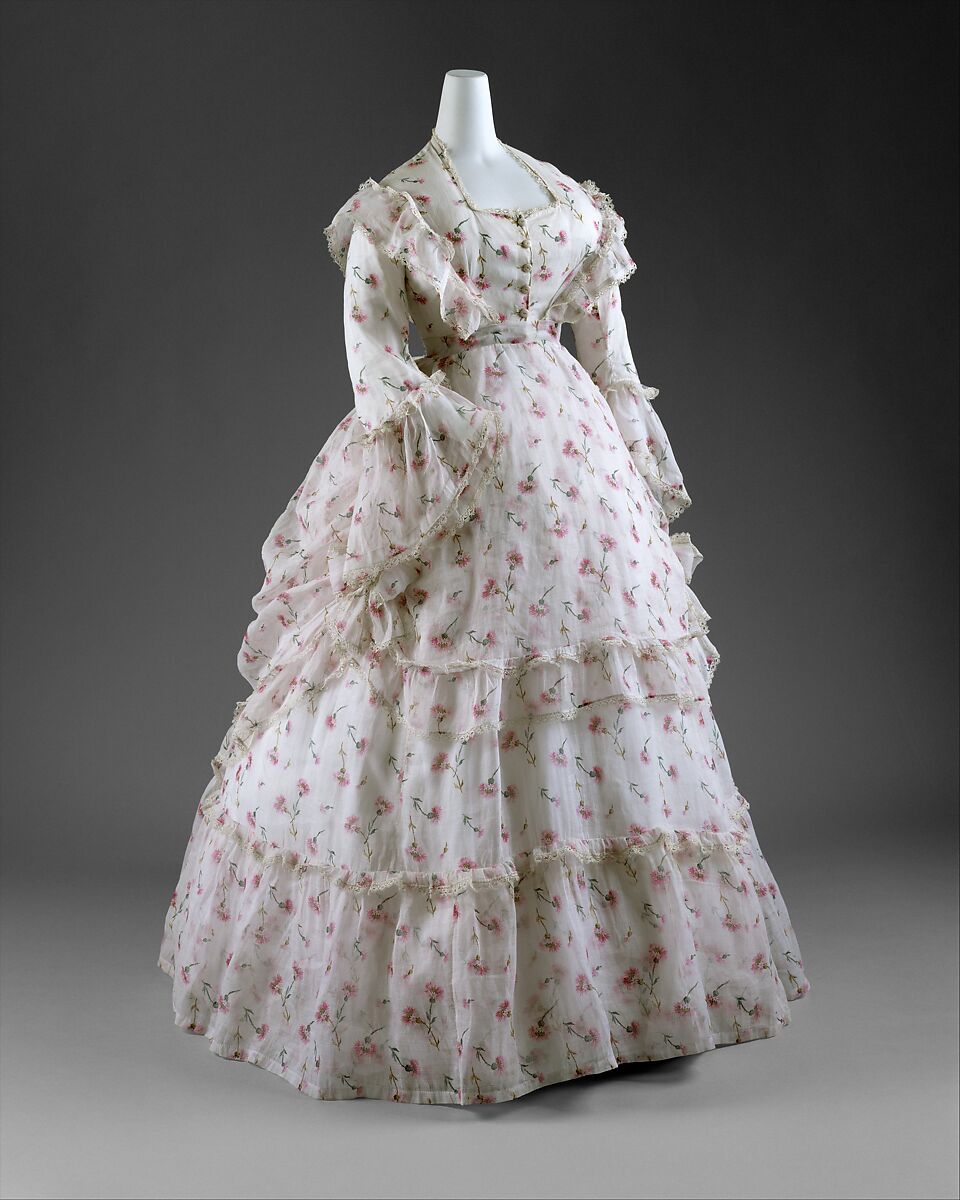
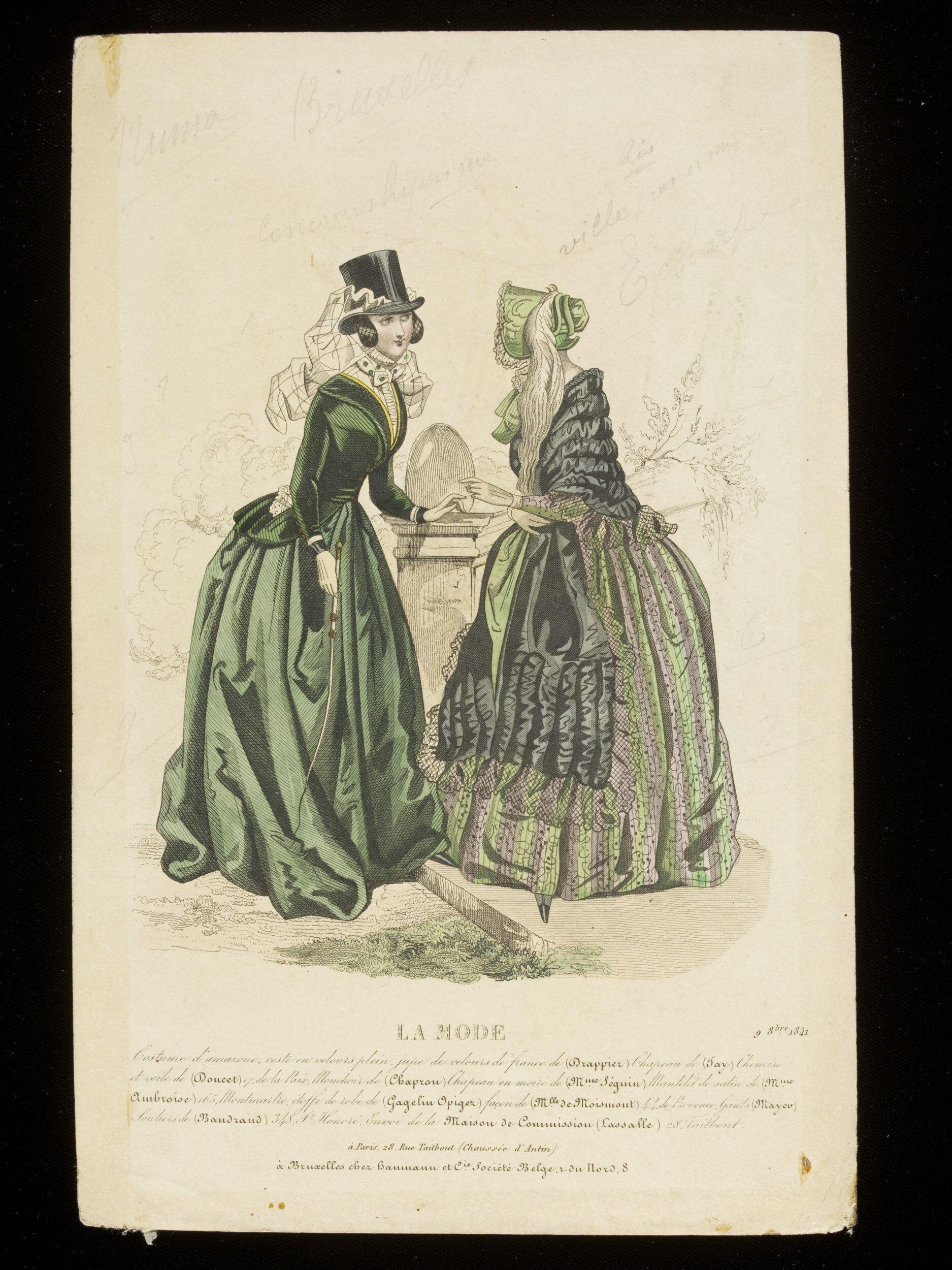
Thank you for sharing this important historical story on your blog!
The 3 dresses I had ordered were beautiful…. I received many compliments and inquiries as to where I had purchased them.
We have a Facebook group that one may join by request. Go to Engineering Tragedy: The Ashtabula Train Disaster. The most recent information and photos are posted there.